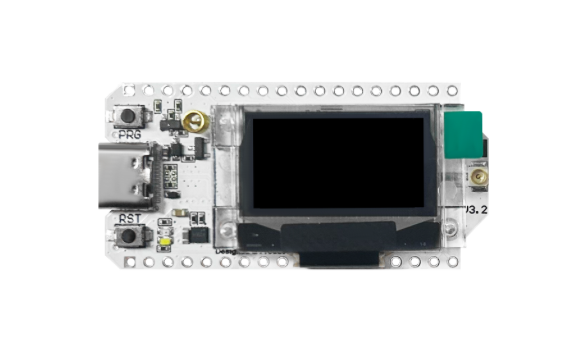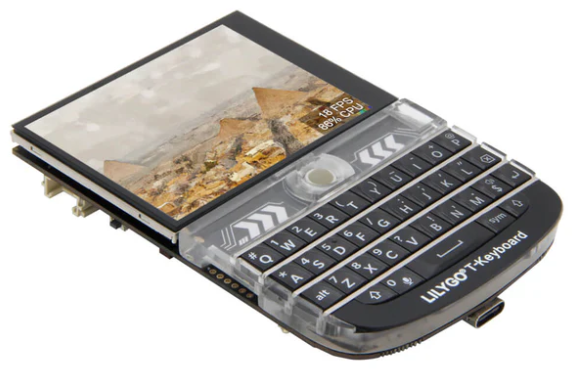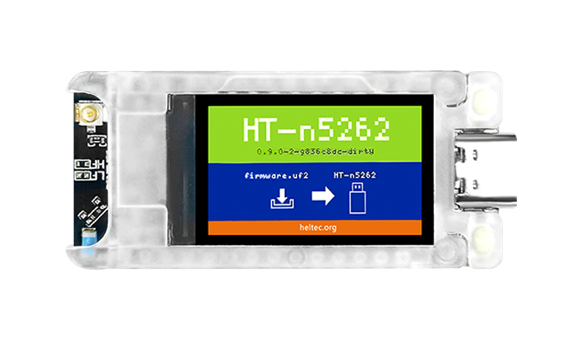Click topics below for more info about adding:
GPS - LED Notification - Buzzer - Sensors - Solar - 3d Printed Cases
There are many different mesh nodes available through popular online markets. Here we will cover a few of the popular options. It is important to weigh the differences between the different CPU types used by different nodes. Some are more powerful (which lets you do many more things) while others are very energy efficient (ideal for battery operated nodes). We do not include purchase links here, we want you to research the best hardware fit for your needs and budget.
We will encourage you to define your use cases, are you using this node mobile? Is this a home node? Is this going to be solar powered on a tower? They all have slightly different requirements. For instance you should consider:
- Mobile nodes may need GPS modules, or use your phone as GPS source.
- Home nodes may be powered from your home electricity and may use WiFi for MQTT connections.
- Solar nodes need to be efficient and typically do not need overhead of displays or GPS.
This is a list of just SOME of the popular hardware nodes:
- Heltec LoRa 32 V3 or ESP32 T190
This node includes a 0.96" OLED display, WiFi, Bluetooth, and a bunch of GPIO pins for adding sensors and control systems. They run off of USB power or a 3.7v LiPo battery. These can be found as the lower cost units and offers a lot for the price. The downside is they are not well suited for battery operations that need to run for multiple days. GPS can be added, but usually is not bundled. To save on space, this module uses an IPX antenna connector, which is not ideal but works if node and antenna is secured in a case. Additional note: Some boards come with pins soldered to the board. These are "Dev" boards and work great, but many 3d Printed cases are designed for the modules that have not had the pins soldered in. USB and USB Solar panels will charge a connected LiPo battery. Get the flat, non soldered pin board for the best flexibility. A 1000mAh battery may generally last 6-15+ hours depending on use and power settings. T190 board with LoRa offers a much bigger and easier to read display than the V3. They are decent all-around devices offering plenty of DIY customization.

- RAK WisBLOCK
These modular nodes usually include the bare necessities to operate LoRa mesh, but are very efficient in power. These modules can run days or weeks on the same battery consumption that a Heltec V3 will use in 12 hours. They come with Bluetooth, but display, GPS and sensors are optional "plug-in" modules that stack together. Like the Heltec V3, the IPX antenna connector is not ideal but works if node and antenna is secured in a case. Comes with dedicated solar charging connector, USB and LiPo battery connector. Will charge LiPo battery from Solar or USB connectors. 1000mAh battery can run up to hundreds of hours with proper power settings and use. A larger 10,000mAh battery can operate weeks or months under the proper conditions. Ideal for mobile or tower/solar use.

- LilyGo
LilyGo offers unique nodes for the LoRa mesh user. Many have a better SMA antenna connector onboard, enabling better antennas to be directly connected, and in theory this is better over the signal losses through additional cables leading to the antenna. Models with the SMA connector benefit from its threaded type so the antenna is less likely to disconnect by accident like the snap-in IPX connector on other designs. Also available are larger displays and some with a keyboard allowing a self contained messaging platform (no phone needed) The T-Beam and T-Deck devices are popular and with their features it is easy to see why.

- Heltec T114 Tracker
From the same manufacture as the above mentioned V3, the T114 offers much longer battery operation than the V3. It does not have WiFi like the V3, but does come with Bluetooth. It offers optional 1.14" TFT color display and GPS module. Display is likely not needed if you are using this as a position tracker. IPX antenna connectors are a weak point like some of the other models and brands. Offers solar panel connector for charging 3.7v LiPo batteries. Days to weeks of battery runtime reported.

- SenseCAP Card Tracker T1000-E This is a credit card sized LoRa tracking device featuring internal antennas, GPS and low power cpu making it ideal for tracking and communication in a small package. Because of its internal antennas, the range probably is not as good as other devices, but it still in theory should have ranges from hundreds of feet to many miles. Includes Temperature sensor, buzzer, accelerometer, light sensor, LED indicator and magnetic charging. It is IP65 rated, ideal for active users. 700mAh battery is reported to give multi-day use with GPS.
![]()